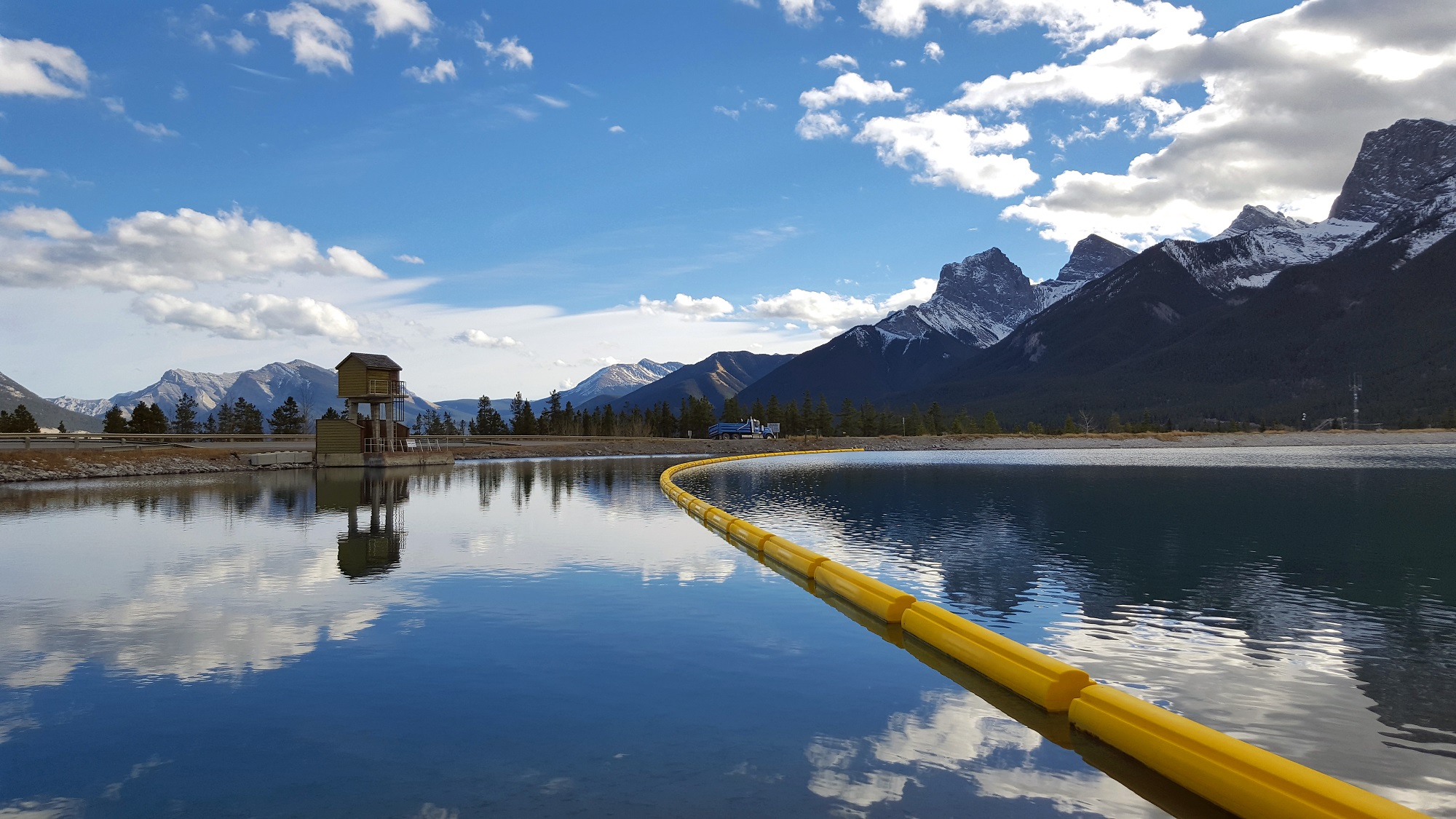While companies worldwide are heeding the call to act on climate change, far fewer are taking water security seriously. But these issues are inextricably linked.
World Water Day 2020 drove home the message that we urgently need to tackle water insecurity for a climate-safe future, and to keep people safe during pandemics like COVID-19. A growing number of business leaders are stepping up. We now need all companies to join them.

Water insecurity presents huge risks to people, planet and profit
The water supply crisis is considered to be one of the biggest risks to society over the next decade. Water is our lifeblood, and the demand for this finite resource is growing massively; the World Resources Institute predicts a deficit of 56% by 2030, revised upwards from previous forecasts.
Millions of people from Caracas to Harare were afflicted with scarce and unsafe water supplies in 2019, and cities are sinking due to excessive groundwater withdrawals. At the current rate, desertification and pollution of drinking water could spark conflict and will likely lead to mass migration.
The water crisis will only be exacerbated by climate change – and water is a critical part of the climate solution. While extreme weather events are already making water more scarce and polluted, nearly a quarter of all carbon reductions depend on a stable water supply.
Our economy is hit hard by water insecurity too. The World Bank predicts a growth rate decline of 6% of GDP by 2050 as competition for water intensifies. Companies reported up to $425 billion combined business value at risk through CDP in 2019. In Chennai, one of the fastest growing economies in the world, billion dollar companies had to pay 30% more for water to be trucked to their offices and factories.
And globally, three in every four jobs depend on a stable supply of water.
Corporate action is urgently needed, and leading businesses are mobilising
Businesses have the power to make or break our response to the water crisis. In particular, those in the food, textiles, energy, industrial, chemicals, pharmaceuticals and mining sectors have enormous influence over the future of freshwater use and pollution.
By radically reducing water demands and impacts, corporate activity can lead the way to a climate-safe, sustainable future, while protecting the bottom line.
Pioneers are starting to take action. Examples of leadership are growing among the 2,433 companies who report their water risks and impacts through CDP.
The number of the world's biggest companies to have reached CDP’s Water A List has doubled in the last year, and a majority of reporting companies are now engaging their suppliers on water security and sparking the chain of ambition and action we urgently need.
Take the biotech and pharmaceuticals company Eli Lilly & Co. After setting a goal to reduce phosphorus in wastewater by 15% by 2020, they met this target, then exceeded it, early. Through organization-wide collaboration, they achieved a 34.4% decrease by changing their production and cleaning processes.
To cut back on their third party water withdrawals, Lonmin South Africa invested in a reverse osmosis plant at the Precious Metals Refinery to treat stormwater and return it for operations. For Tata Chemicals, improved recycling and water management led to a reduction of third party water usage by 97.71% and groundwater by 99.38% within a year.
Asahi Group Holdings and Suntory are two Japanese food and beverage companies, who have both set facility-level targets to reduce the polluting potential of their wastewater, and tied these targets to C-suite incentives.
Suntory also requires its raw material suppliers to report on withdrawals, discharges and the management of water impacts.
Meanwhile, suppliers to the international luxury goods group Kering are guided by the open-source Kering Standards, which the company is committing to implement across its supply chain by 2025, without exception.
The Standards include guidelines on water management of raw materials production and manufacturing processes; for example, promoting alternatives to the conventional chrome tanning methods that make the life-cycle of leather hugely damaging to water quality.
We are seeing ripples of action. We now need a cascade
A growing number of businesses are rising to the challenge, and signalling their commitment to customers and investors. But the pace and scale of change is insufficient.
All companies need to be reducing overall water withdrawals and consumption throughout their value chains. They must set, and progress towards, robust targets, eliminating pollution incidents and cleaning the water they pour back into the environment – currently, 80% of wastewater globally is released untreated. To meet increasing consumer demands for non-toxic and environmentally-friendly products, it is critical that that companies design out pollution from their products and services.
The foundation for meaningful action and business credibility is transparency. In 2019, more companies than ever – representing a quarter of global market cap – reported their water impacts and risks through CDP. By disclosing, companies can make smarter decisions. Quality data also informs governments and policymakers of the steps they need to take to match the ambitions of the corporate leaders.
Join the leaders and take action on water security
Five years have now passed since the Paris Agreement and the launch of the UN Sustainable Development Goal on water security (SDG6). We will only be able to limit global warming to 1.5˚C if we radically reduce industrial water demands and impacts.
Global businesses can breed the creativity and innovation we need in the face of the unfolding crisis. Now is the time for action.
Start with disclosure.
